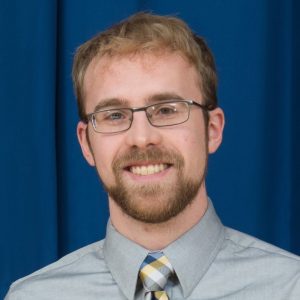
Spencer Furin is an electrical engineer in the Power Architecture and Analysis Branch of the NASA Glenn Research Center. He is currently the Power Integration Lead for the Mission Planning and Analysis team within the Orion Vehicle Integration Office. In this role, he serves as the lead power systems analyst for the Orion spacecraft, NASA’s new crewed vehicle designed to return humans to the lunar vicinity.
The Power Architecture and Analysis Branch at NASA’s Glenn Research Center performs spacecraft electrical power system (EPS) performance analysis using the System Power Analysis for Capability Evaluation (SPACE) model. Accurately predicting EPS performance requires a wide range of inputs, including the spacecraft’s position, attitude, solar array temperature, load demand, and data on the EPS itself. By operating as a combined analysis tool with integrated orbit mechanics, attitude, shadowing, thermal, solar array, battery, and PMAD models, SPACE provides flexibility for the analyst to examine various scenarios without a time-consuming iterative process involving separate analysis tools and groups. SPACE also achieves short run times by tailoring the complexity of the included models, providing enough fidelity to ensure accurate EPS performance predictions without being bogged down by unnecessary detail. These advantages that SPACE has over similar power system models has contributed to its successful use on a variety of human spaceflight programs for over three decades, and makes it applicable across the development cycle from early conceptual design up through on-orbit operations.
Participants will recognize the history of the SPACE code and its use in spacecraft development.
Participants will learn to identify the steps SPACE uses to calculate spacecraft power system performance.
Participants will be able to explain the importance of integrated, interdisciplinary modeling for predicting spacecraft power system performance.